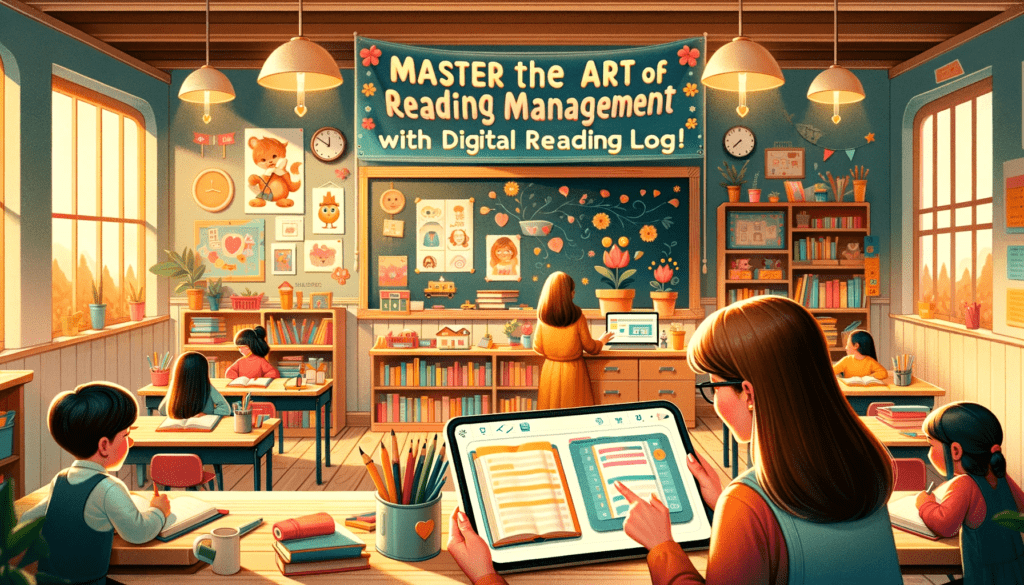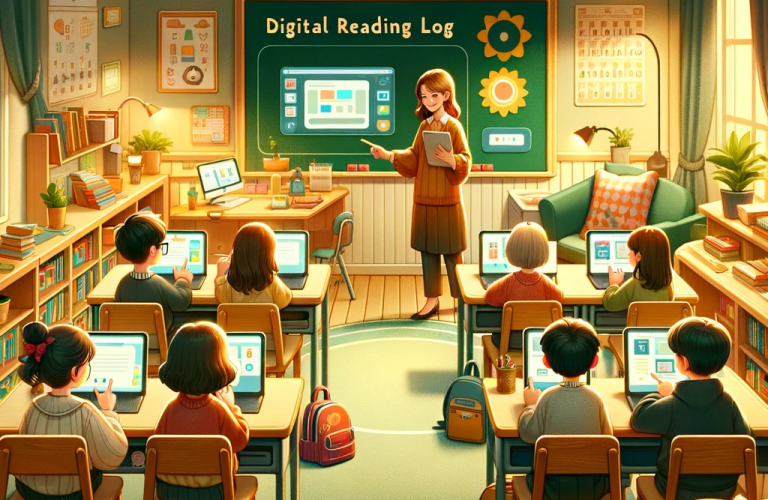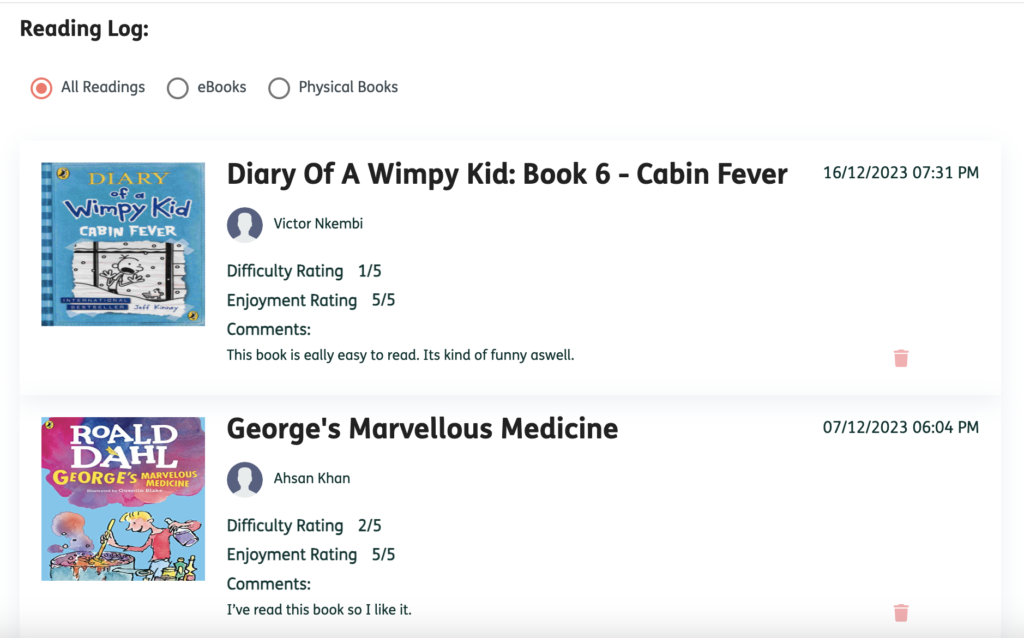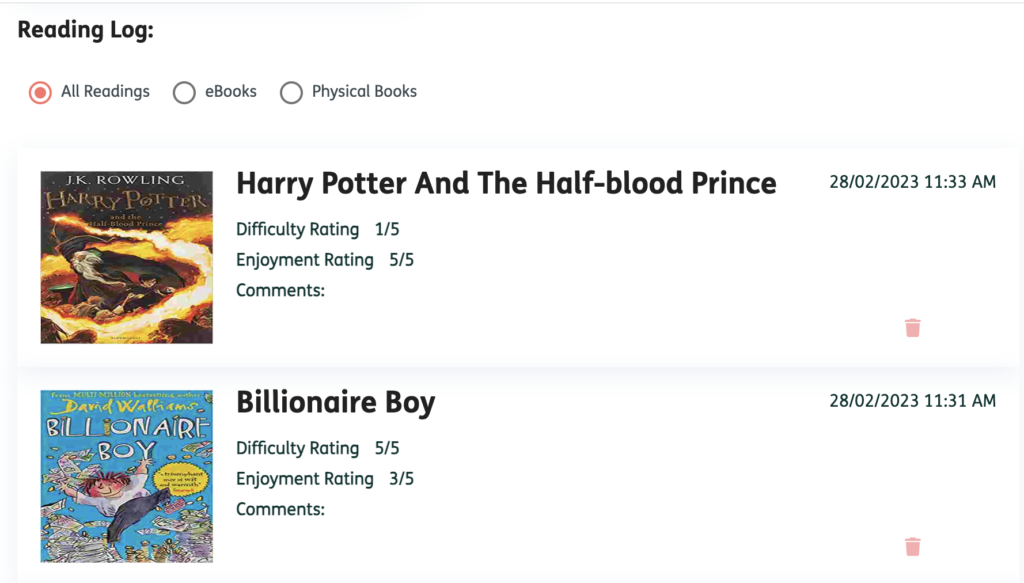
A digital reading log is a modern tool for tracking reading activities. It’s especially useful in educational settings, where teachers can monitor and support students’ reading habits. Here’s a breakdown of what a digital reading log typically includes and how it can be beneficial:
Key Components:
Benefits for Teachers and Students:
Considerations and Drawbacks:

Welcome to Reading Hub’s Digital Reading Log. It’s a dynamic tool designed to transform the way teachers and school leaders monitor and support their students’ reading journeys.

Reading Hub’s Digital Reading Log is more than just a tracking tool; it’s a gateway to nurturing a lifelong love for reading in students and creating a culture of reading within each school.

Embracing a digital reading log in your classroom opens up numerous opportunities for enhancing the reading experience for your pupils. Here are some strategies to maximise the benefits of a digital reading log.
By integrating these practices with Reading Hub’s Digital Reading Log, you can significantly enhance the reading culture in your classroom. The key is to view the digital reading log not just as a record-keeping tool, but as a dynamic platform for inspiring, tracking, and celebrating the reading journey of each pupil.

How do I access Reading Hub’s Digital Reading Log for my class?
Can I track individual pupil’s reading progress?
How can I use the digital reading log to support struggling readers?
How can I involve parents in using the digital reading log?
How can the digital reading log be integrated into our school’s curriculum?